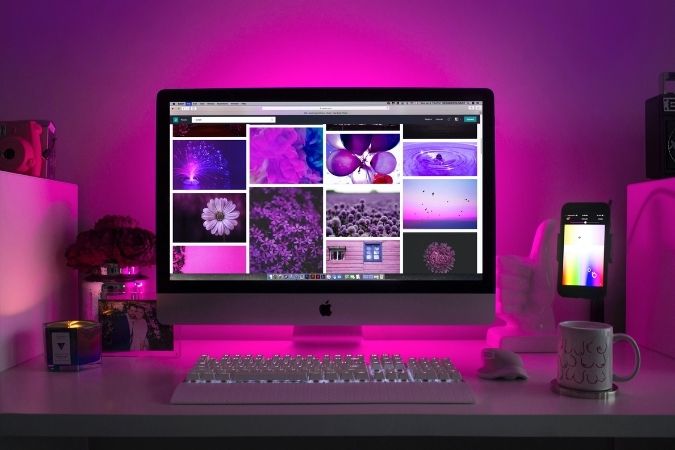There are some common rules we all follow when writing a resume for most jobs. Keep it clean, straightforward, and avoid getting creative with the format, font, and colors. But when it comes to submitting a resume for a creative job, the rules are often a little bit different. Here’s what you should know about writing an effective resume for applying to creative jobs!
When should you get creative with your resume
A traditional resume is often limited to one page, depending on the job you’re applying for and how far along you are in your career. And while there are some variations in what’s considered acceptable and professional, they generally follow the same format: personal information, skills, work experience, and any additional achievements like awards. There’s not much room for deviation. However, with creative careers, it’s almost expected that your resume will do more than list your credentials and experience – it should showcase your creativity and talent. But when should you get creative with your resume versus going the traditional route? Here's what to consider.
- The company you’re applying to. Even when you’re applying for a creative job, like a graphic designer role, it’s important to understand the culture of the company you’re applying to before submitting a creative, unique resume. Many older companies or large corporations still prefer a traditional resume and may disqualify applicants who don’t follow that format, though they may expect a more creative portfolio as an addition to your resume. However, when you’re applying to a company that emphasizes creativity and innovation, a non-traditional resume can be the perfect way to grab attention and stand out from other applicants.
- The job you’re applying for. A creative resume works best for creative jobs. If you’re applying to a position in finance or business, you’ll want to stick to a traditional resume. For jobs like graphic design, interior design, or event planning, getting creative with your resume and showing off your skills can be beneficial.
- The time you want to put into your resume. You should always take your time to create a strong resume, whether you go the traditional or creative route. However, if you’re going the creative route, you may need to invest a lot more time than you usually would. It can definitely be worth the work, but make sure you’re ready to invest that time before you dive in.
How to write a creative resume
So, you’ve decided to get creative with your resume to show off your skills. There are several ways you can make your resume pop! For example, if you’re applying for graphic design positions, show off your skills by designing the perfect resume. Add different design elements, create your own custom font, add graphics, and even your headshot!
For jobs like interior design or event planning, you probably won’t want to create a graphic-heavy resume, especially if that sort of design isn’t in your wheelhouse of skills. Instead, small changes like adding pops of color for headers can be the way to go! You can use the same color throughout, or even vary each color within a palette to show off your ability to choose colors that work well together.
Create a portfolio to display your work
In many industries, a strong resume and cover letter are enough to submit a great application. However, for creative roles, most employers are going to want to see the work you’ve done in the past to help them decide if you’re the right fit for the job. Many of these jobs will require a portfolio as part of the application process, while some may ask to see your work after the first interview, so having a portfolio ready to go is a must. In order to create a compelling portfolio that makes you work shine, follow these steps!
- Use a digital portfolio site or create a website. Today, most employers aren’t looking for a physical copy of your portfolio. Digital portfolios allow you to easily share a link in applications, on your resume, and directly with hiring managers. They also allow you to update your portfolio regularly so you’re sharing your most recent work. Creating your own website with something like Square Space can allow you to take more creative control of the design of your site, showing off even more of your skills!
- Be thoughtful about what work you include. Your portfolio doesn’t have to include every single project you’ve worked on or design you’ve created. You’ll want to make sure you display your strongest work, so be thoughtful and take your time to review your previous work when choosing what you’ll include.
- Include variety. Don’t just share one style of design in your portfolio. You’ll want to show off your versatility with a range of different designs and projects.
Add credentials to your resume to stand out
Whether you’re a graphic designer, web designer, or photographer, having industry specific credentials and education on your resume can help you stand out from the competition. Earning a certificate or diploma in your field can show that you’re dedicated to improving your skills and having certifications in specific tools can help you show employers you’re passionate about what you do. If you’re ready to learn more about your specific creative field, start a new creative career, or just want to refresh your skills, NYIAD’s online, self-paced creative classes can help. You’ll also work directly with a mentor who has experience in the field, ensuring you’re prepared to take the first steps toward a job you’re passionate about! To find out more about NYIAD, our programs, or enroll today, contact our expert admissions team today at 1-800-583-1742.








